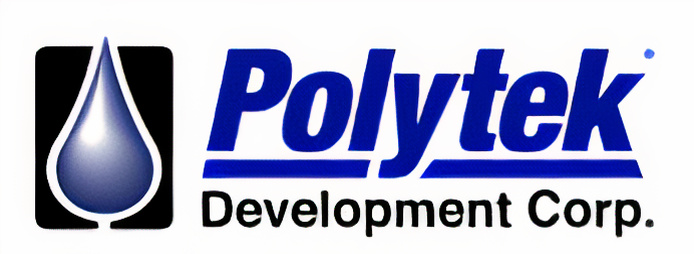Urethane Casting
Versatility and flexibility at its best.
Changing the nature of the manufacturing world.
Liquid silicone rubber and the Urethane Casting process play a pivotal role in the manufacturing process of a broad range of industries. This manufacturing process changed the very nature of the manufacturing world. It made the fabrication of a wide range of parts for just about every industry imaginable possible. The fabrication process allows for a high productivity level, due to quick cycle time.
Product designers, engineers, and managers have the challenge of choosing a high-quality elastomer for a variety of critical applications, including medical devices, aerospace, and automotive components. These professionals must make a critical assessment of an array of material properties and processing capabilities to best determine which options meet their demanding performance specifications and budget requirements.
The versatility of the silicone mold-making process allows manufacturers to create parts featuring different colors, textures, shapes, and mechanical properties with highly detailed surface finishes. In many cases, urethane casting produces parts that are as strong — if not stronger than — parts made with injection molding, with greater abrasion and chemical resistance as well.
This makes Urethane Casting an excellent manufacturing method for producing rubber and plastic parts with joints, logos, and overlapping features, or parts that require high flexibility. This includes applications like electronics coverings, medical equipment, wheels, robotics, and conveyor systems.
Urethane uses silicone molds to produce low volume urethane parts and is an ideal solution for molded components that demand quick production times. Urethane Casting offers a wide variety of mechanical and thermal properties for a large array of applications. Urethane Casting’s advantage is its ability to give companies a first-to-market lead through the use of 3D printed master patterns and quick curing silicone molds. This allows companies to get their products on shelves well before hard tooling for traditional injection molding could be finished.
Urethane casting begins with creating a master pattern, which is essentially a 1:1 replica of the final part that can be 3D printed or CNC machined. The pattern is then placed in a sealed box, covered in liquid silicone, and allowed to cure. Once set, the block of silicone is cut in half, freeing the master pattern. At this point, the mold is ready for use. To create parts, urethane casting resin — typically a polyurethane material that mimics the physical properties of the production-grade plastics used in injection molding — is poured into the mold and cured in ovens.
Liquid silicone rubber (LSR) is a high purity platinum cured silicone with low compression set, great stability and ability to resist extreme temperatures of heat and cold ideally suitable for production of parts, where high quality is a must. Due to the thermosetting nature of the material, liquid silicone injection molding requires special treatment, such as intensive distributive mixing, while maintaining the material at a low temperature before it is pushed into the heated cavity and vulcanized.
Chemically, silicone rubber is a family of thermoset elastomers that have a backbone of alternating silicon and oxygen atoms and methyl or vinyl side groups. Silicone rubbers constitute about 30% of the silicone family, making them the largest group of that family. Silicone rubbers maintain their mechanical properties over a wide range of temperatures and the presence of methyl-groups in silicone rubbers makes these materials extremely hydrophobic, making them suitable for electrical surface insulations.


